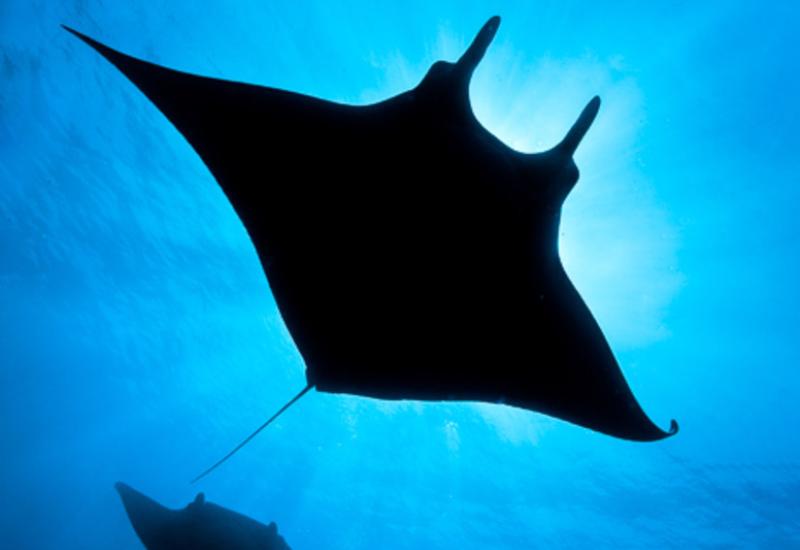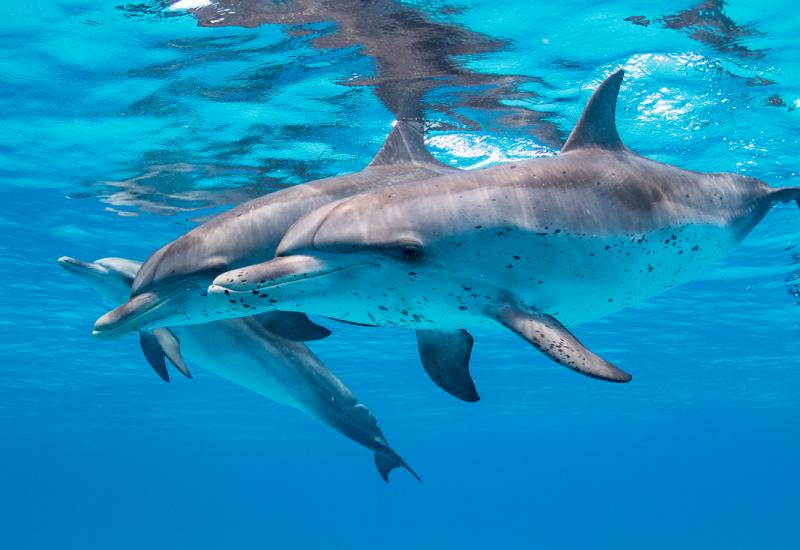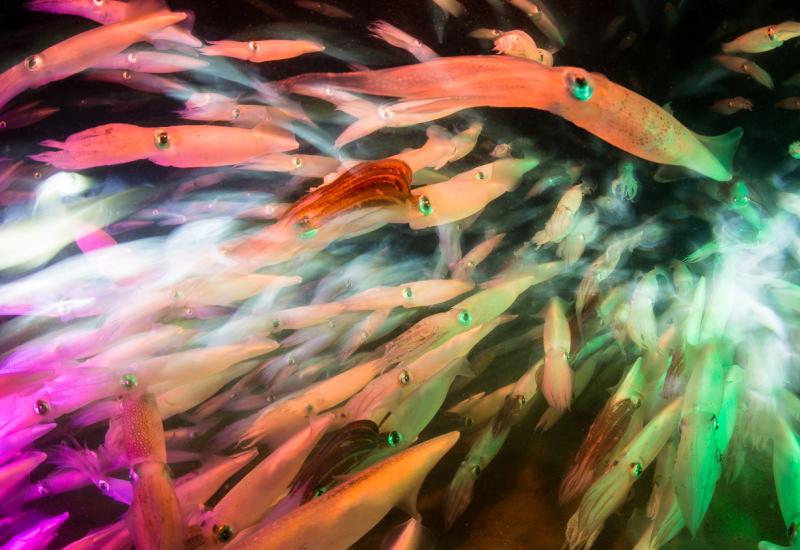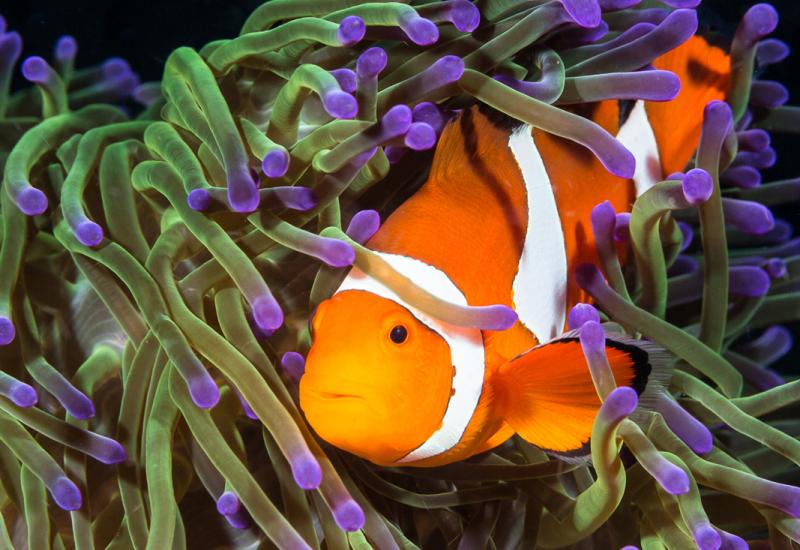How to Shoot Pro Quality Photos with a Compact Underwater Camera System

Scuba diver photographing a hawksbill turtle
Shutterstock
Shoot in RAW mode. RAW is an uncompressed file format that captures 4000 color tones. JPEG is a compressed format with 256 color tones. Using RAW files gives images greater color depth and smoother gradients, especially in blue water backgrounds. If you can only shoot JPEG, use the highest quality and largest file size possible for best results.
Add an external strobe. Water eats light the deeper you go, and along with it, colors — especially red. Dedicated underwater strobes on articulated, adjustable arms will allow you to properly position your flash to avoid backscatter. They will also provide much more light than the internal flash.
Take control of your exposure. Underwater, auto exposure modes usually over expose the background, and underexpose the foreground. If your camera doesn't have a manual exposure mode, us the "P" mode (program auto) and set your ISO to 100. Use exposure compensation (the +/- button on the camera) to darken the background and create better contrast.
Get close. In underwater imaging, getting closer to your subject will create better contrast and clarity by limiting how much water is between the lens and subject. It also helps reduce the appearance of backscatter in your image.
Always use macro mode. Most digital cameras won't focus closer than 18 inches, unless you use macro mode. A wide-angle lens makes objects appear closer than the actual distance, so you still need to use macro mode at all times with a wide angle lens.
Diving photo by Shutterstock.com
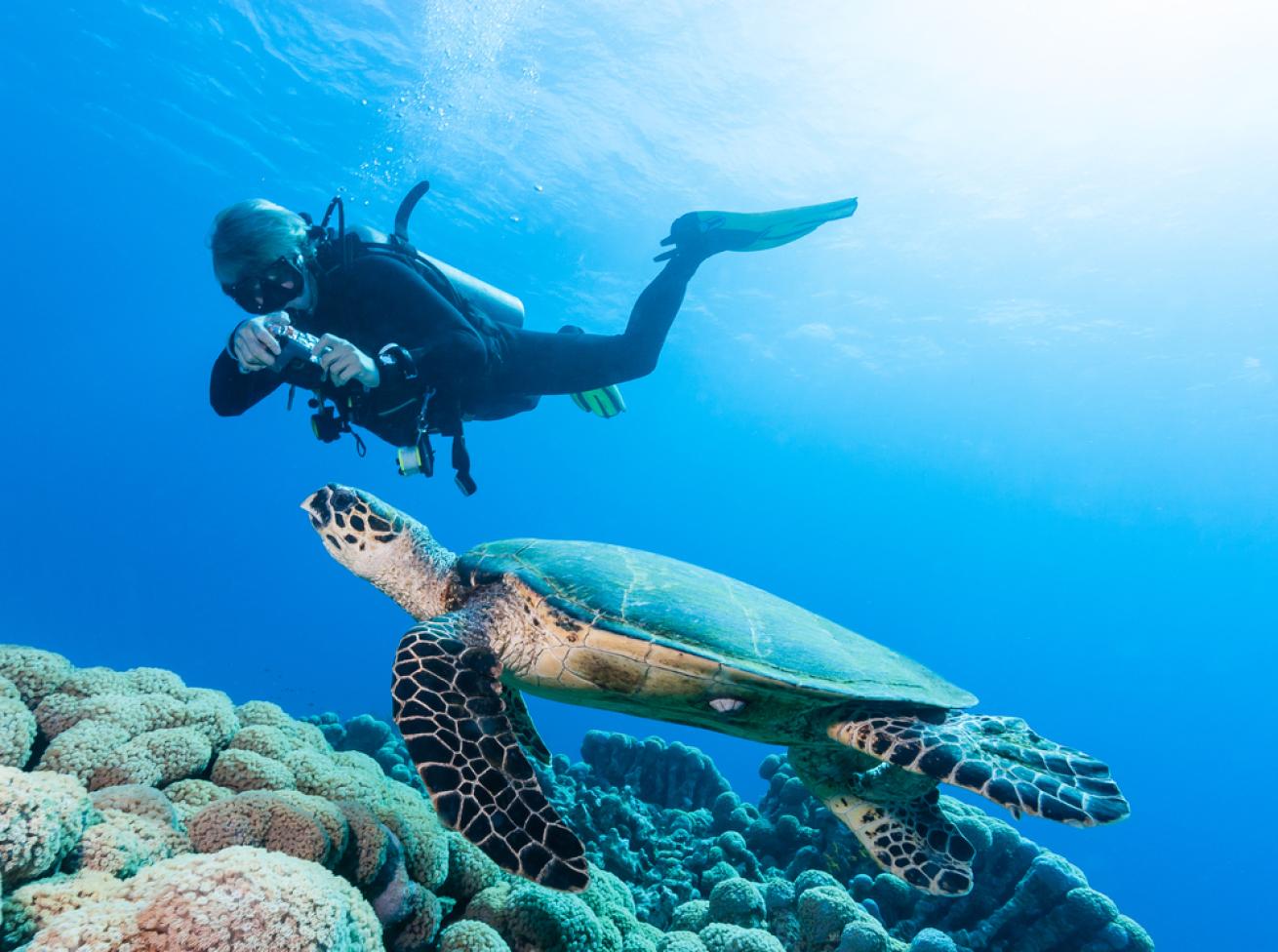
ShutterstockScuba diver photographing a hawksbill turtle
Shoot in RAW mode. RAW is an uncompressed file format that captures 4000 color tones. JPEG is a compressed format with 256 color tones. Using RAW files gives images greater color depth and smoother gradients, especially in blue water backgrounds. If you can only shoot JPEG, use the highest quality and largest file size possible for best results.
Add an external strobe. Water eats light the deeper you go, and along with it, colors — especially red. Dedicated underwater strobes on articulated, adjustable arms will allow you to properly position your flash to avoid backscatter. They will also provide much more light than the internal flash.
Take control of your exposure. Underwater, auto exposure modes usually over expose the background, and underexpose the foreground. If your camera doesn't have a manual exposure mode, us the "P" mode (program auto) and set your ISO to 100. Use exposure compensation (the +/- button on the camera) to darken the background and create better contrast.
Get close. In underwater imaging, getting closer to your subject will create better contrast and clarity by limiting how much water is between the lens and subject. It also helps reduce the appearance of backscatter in your image.
Always use macro mode. Most digital cameras won't focus closer than 18 inches, unless you use macro mode. A wide-angle lens makes objects appear closer than the actual distance, so you still need to use macro mode at all times with a wide angle lens.
Diving photo by Shutterstock.com

